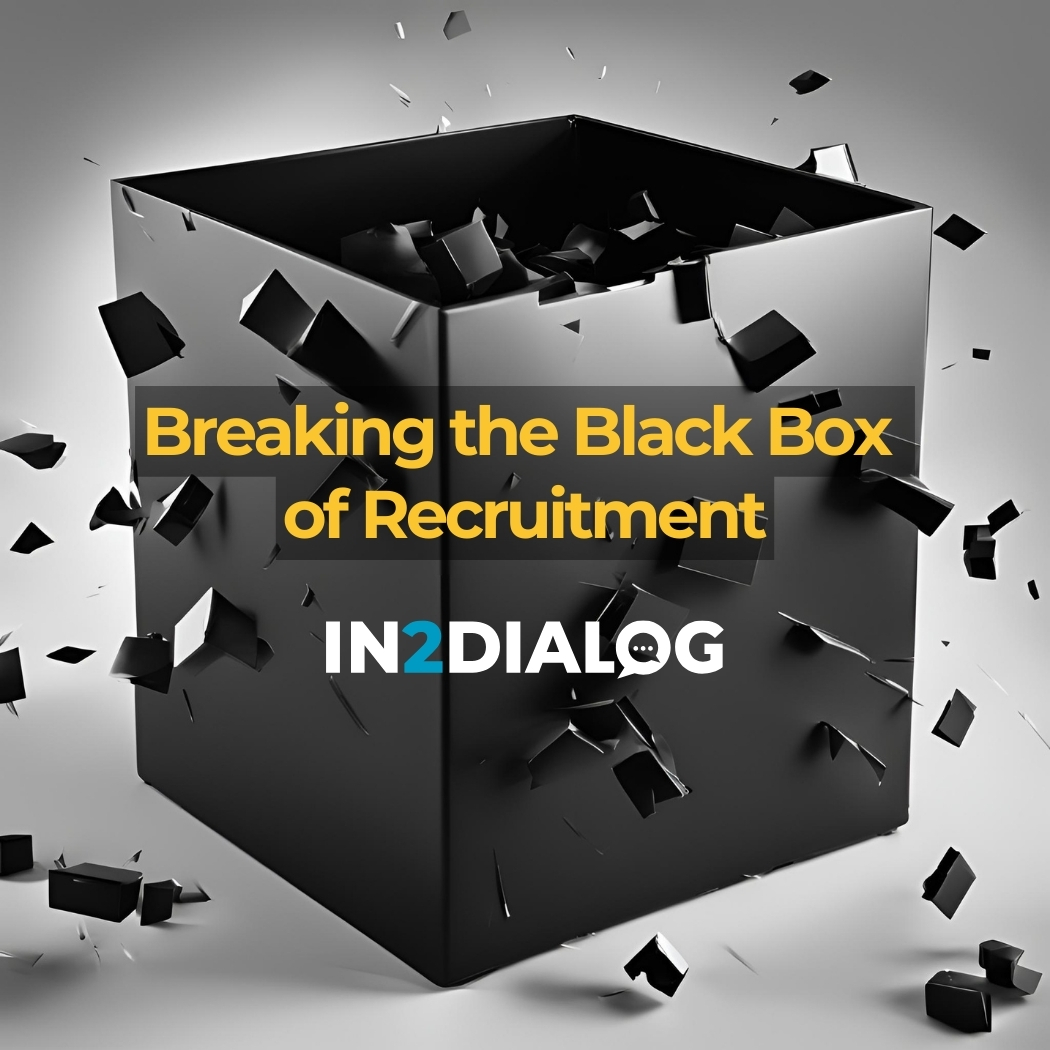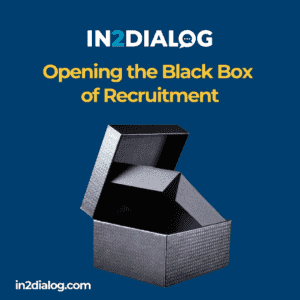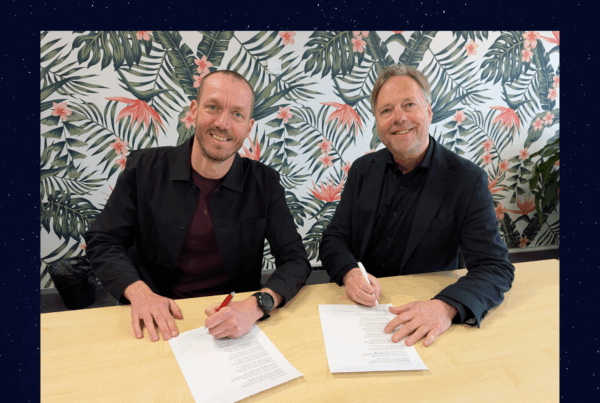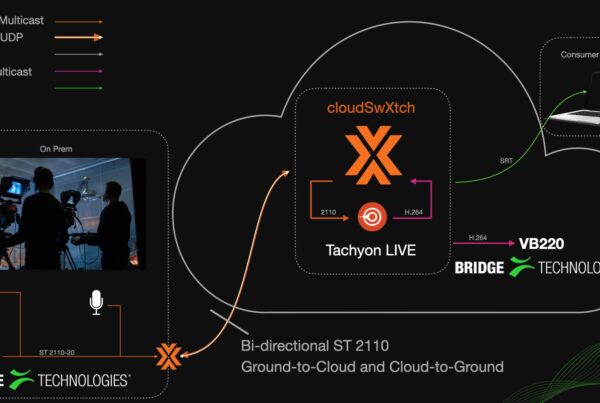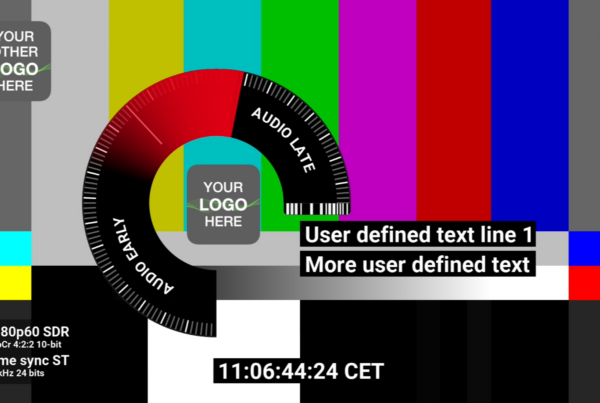for an overarching improvement
In this month’s blog we explore how breaking into the recruitment black box can improve your recruitment outcomes across the board: saving time during interviews, gaining deeper insight on your individual candidates, empowering management, and fostering an environment of consistency, transparency and continuous improvement for your entire team.
What is the recruitment black box?
In any field, the concept of a ‘black box’ refers to a system where you can see the inputs and the outputs, but the process of transformation in-between is completely hidden. Sometimes this can refer to a process that literally cannot be seen or examined, but more often it refers to one that is opaque and unclear in terms of how it operates and delivers results.
Unfortunately, in the field of recruitment, the interview element can be a bit of a black box. That’s not to say that it’s entirely secretive and unobservable (though interviews are, by their nature, usually a more private undertaking). Instead, we mean that gaining real, meaningful and predictable insight into how the interview process yields results has historically been something of a challenge.
The interview as the block box of recruitment
Why is it a black box? Well, candidates walk in, and then candidates walk out – either as future employees or continuing job seekers. Or worse, as effective employees, or mistaken hires. What separates the two? That’s not always clear. Interviewing is generally personal in nature: a significant amount of subjectivity and intangibility exists in the interview room. The information gained is qualitative – difficult to measure as metrics or concrete data. And as a result, difficult to use for effective comparison.
The irony is that the very weakness of interviewing – its focus on ‘the human dimension’ – is also its very strength. Interviews need to preserve a sense of the character, attitude, energy and personality of the interviewee. But since those elements exist in the connection forged between interviewer and interviewee, they can be difficult to convey effectively in a report to other decision-makers in the organisation. And it can be difficult to give every candidate the same opportunity to shine, since your interviewers all bring their own distinct personality into the interview room too.
This means that in ‘dealing with the black box problem’ of interviewing, there needs to be a way to maintain the human dimension that is crucial in elevating interviews beyond a mere tick-box exercise, whilst at the same time increasing both transparency and consistency.
Opening the black box of recruitment
Solving the black box conundrum is what drives In2Dialog. We recognised early on that with the effective application of validated psychometrics, language analysis tools and AI, we had the potential to augment – but not replace – human judgement and assessment in interviews. Making the interview process clearer, easier and fairer.
Saving time
At the most basic level, we realised we could save recruiters time. By automating the recording process for both live and online interviews and then generating both a transcript and summary of key points, we free recruiters up to focus on developing a meaningful dialogue with their candidates, all but eliminating the time and attention wasted on report writing. Recruiters are even able to set key themes for summaries, ensuring that the information presented on candidates is relevant to the organisation’s specific needs, consistent, and can be used to make meaningful comparisons.
Moreover, because the entire In2Dialog team has a background working with some of the biggest ATS providers on the market, we recognised that through seamless integration, we could save recruiters even more time: putting the information stakeholders need at their fingertips whilst allowing them to maintain their established workflows. And it isn’t just in-house information sharing that is improved: In2Dialog’s automated reports make it easier to share feedback with candidates, thereby improving the company’s image, reputation and ethicality as a candidate-focused recruiter.
Gaining candidate insight
We realised that if deployed correctly, these tools could achieve far more than just efficiency: they could enhance the effectiveness of interviews too. With psychometric and language analysis, we are able to measure specific candidate characteristics and character dimensions, including vivacity, mirroring, flexibility, complexity, variety, fluency and rate of speech. These all help to render the intangible more tangible, allowing recruitment teams to compare character-based attributes across their candidates.
The net result? Better matches, more placements, improved performance.
Improving your team
And even with all these benefits already realised, we recognised that we could deliver even more through the power of In2Dialog’s interview analysis. Exactly the metrics which assess interviewee qualities could also be used to measure the style, techniques and methods used by the recruitment team during interviews.
In2Dialog can gain remarkable insight on this front. How long are interviewers taking, and how often are they extracting various traits from the interview: traits such as motivation, personality and competencies? Are they sharing talk time equally with candidates, and matching their energy and interview style? At what rate are they asking questions, taking turns in asking questions, and asking open questions? What areas and topics do their interviews tend to focus on?
By understanding these elements of the interview, managers are empowered to really open the black box of the interview process – using tangible metrics and records which make the interview transparent. Managers can then use these metrics to set benchmarks for the team to pursue, harmonising the team approach, and providing consistency regardless of which member of the team is undertaking an interview.
The net result is fairer and more objective interviewing, aligning the interview approach with the values and culture that the organisation wants to promote. Put together, these elements all yield more effective candidate matches. And the process of improvement is continuous and incremental: every interview provides more data for the In2Dialog model to work with.
Managing more effectively
All of this together produces a situation in which recruiters are able to develop their skills more effectively and in a more targeted manner, both individually and as a team. This can be particularly useful in the onboarding process; the metrics provided by In2Dialog present clear and objective expectations to new team members, and then provide them with a quantifiable measure of their progress as interviewers. This means that managers don’t have to devote time-consuming focus to the one-on-one development of their team; the metrics generated by In2Dialog ensure that managers stay constantly abreast of team performance, without having to sit in and actively review individual interview sessions.

